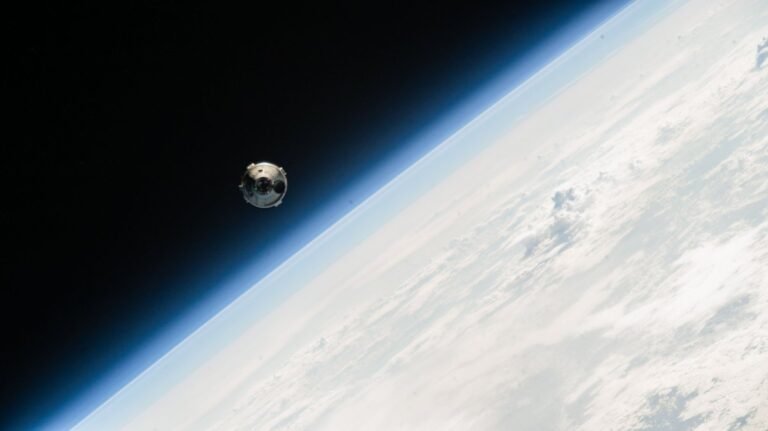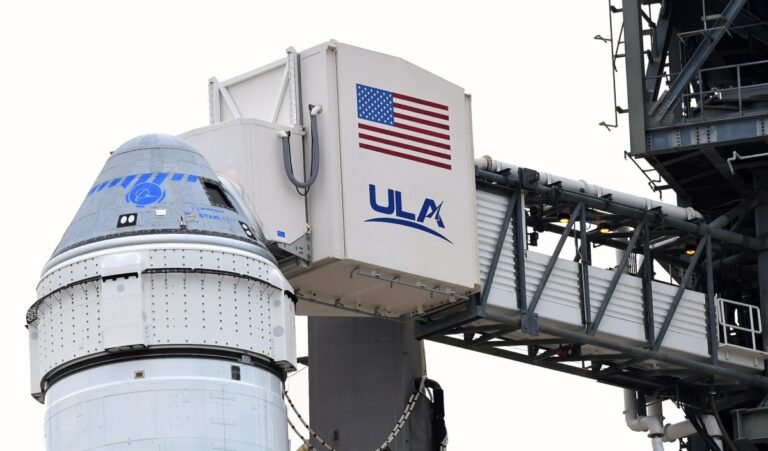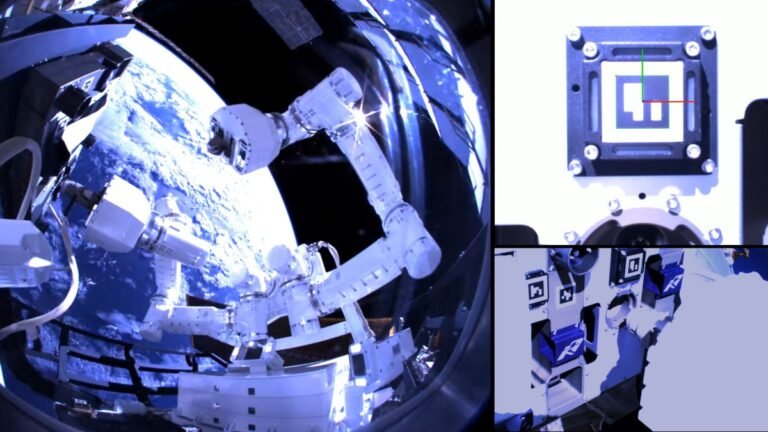
Boeing’s Starliner spacecraft has successfully delivered two astronauts to the International Space Station, a key milestone in the aerospace giant’s quest to certify the capsule for regular crewed missions.
After taking some time to equalize pressure between Starliner and the station, the hatch opened at around 12:46 PM.
“Nice to be attached to the big city in the sky,” Wilmore said to Mission Control.
Welcome aboard Starliner crew!!
This mission is the critical final step before Starliner can be certified for regular astronaut transportation missions with NASA.

Boeing’s Starliner spacecraft is officially on its way to the International Space Station, marking a historic first for the long-delayed astronaut transportation program.
If all goes to plan, Boeing will become NASA’s second astronaut transportation provider, joining Elon Musk’s SpaceX.
Boeing did execute a successful uncrewed mission to the ISS in May 2022, but this is the first time the spacecraft has carried humans.
While Boeing has struggled, SpaceX has soared: Using its Crew Dragon capsule, SpaceX has been providing astronaut transportation to and from the ISS since 2020.
This is the last major step before Starliner can be certified as an operational crew system, and the first Starliner mission is expected to launch in 2025.

Los Angeles-based Gitai said Tuesday that its autonomous robotic arm has nailed a tech demonstration outside the International Space Station.
Autonomous robotic systems still have a ways to go before they render human labor obsolete, especially here on Earth; but in space, human labor is expensive (and dangerous), which provides an opening for a robotic alternative.
The 1.5-meter autonomous robotic arm, which the startup calls S2, launched to the ISS aboard a SpaceX Falcon 9 in January.
In the nearer term, the company is targeting on-orbit satellite servicing for spacecraft in low Earth orbit and geostationary orbit.
The arm’s technology readiness level (TLR), a standard used by NASA to chart the maturity of technology, is now at 7, the highest level, Gitai said.






